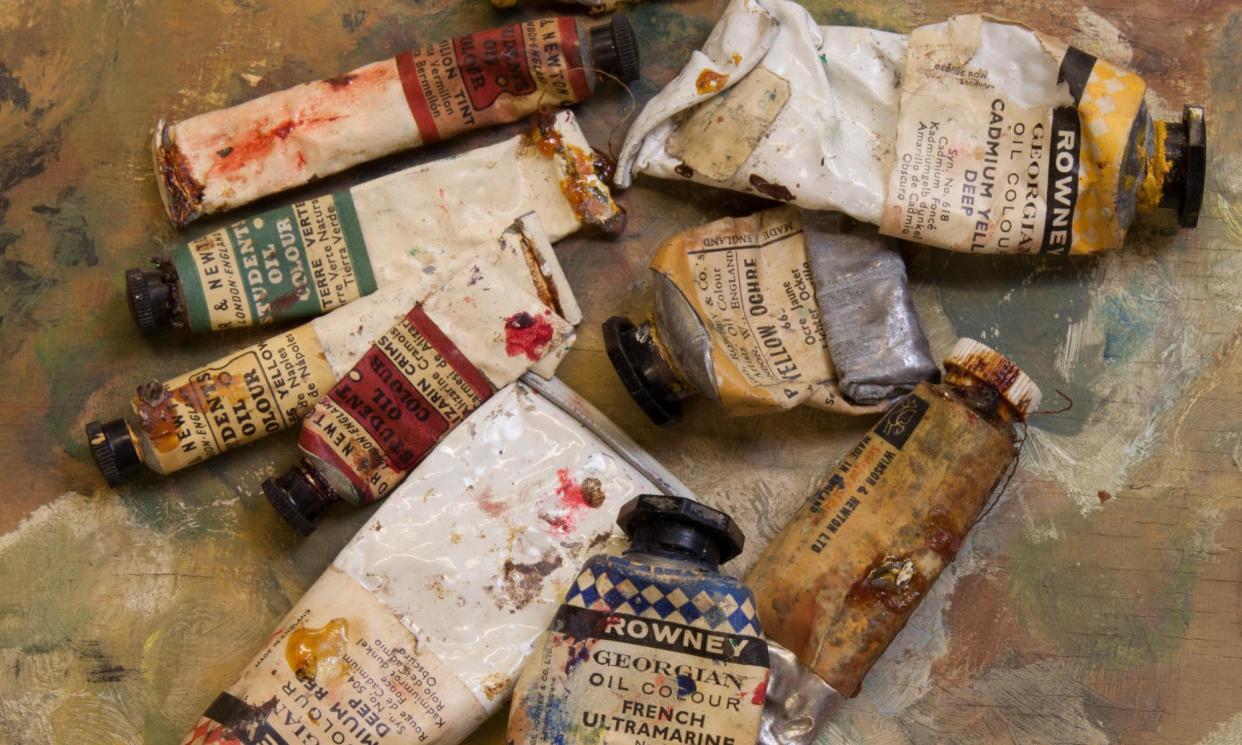Shy Creatures by Clare Chambers review – trauma unearthed

Following up a dark horse triumph such as Clare Chambers’s 2020 novel Small Pleasures can present a challenge. Chambers had been steadily but quietly published, and then had a gap of almost a decade before that breakthrough ninth novel became a critical and word-of-mouth hit. Longlisted for the Women’s prize, this quietly dazzling work was rightly acknowledged as a small masterpiece.
Her 10th novel, Shy Creatures, confirms her as one of our most talented writers, inhabiting something of the territory of Barbara Pym and Elizabeth Taylor and placing her outside contemporary fashions, although there are echoes of Tessa Hadley and Sarah Waters. Shy Creatures returns to the mid-century, profoundly English suburbia of Small Pleasures, is also inspired by a real event, and is sometimes slower but just as quirky, acutely observed and beautifully written as its predecessor.
Helen Hansford is an art therapist in a psychiatric hospital in Croydon, in an era encompassing knockout drugs and more progressive approaches. Here she teaches “her favourite group of the week – male alcoholics”. She is also having an affair with the charismatic anti-establishment psychiatrist Dr Gil Rudden, who is distantly related to her through his wife.
Helen’s life is rumbling along unwisely, swinging between occasional romantic highs – “exulting in the mere fact of each other’s existence” – and the indignities of being a mistress. Then the hospital receives a call about an altercation in a derelict house nearby. Enter an unkempt mute with waist-length hair and beard. William Tapping, 37 and barely schooled, has spent his life virtually off-grid and undocumented among elderly aunts, in a situation of sequestered paranoia the reader has yet to understand.
Helen dedicates impressive amounts of time and thought to her patient, and the “hidden man” begins to show his talent for art. She soon embarks on an amateur detective trail to establish what has happened in his past. Through phone calls and meetings with figures from William’s previous life, she starts to understand what has caused his trauma, while simultaneously reflecting on her own life’s mistakes. The narrative scrolls back from 1964 to 1960, and, interleaved with present action, moves through the previous two decades until it lands in 1938, by which time all is revealed.
Chambers is a superb historian, but the earlier flashbacks that establish William’s existence of poverty and depression among eccentric aunts are a slow build that can be overloaded with period detail, for all the quiet irony and accurately portrayed despair. This is a grim world of deveined kidney pudding, camphor and threats of borstal. But even in these more static passages, Chambers’s exquisite prose is a consistent pleasure, while the acuity of her observation possesses beauty and universality. As we start to understand the details of a childhood in which “the authorities” are to be feared, the pace picks up again and the mystery aches to be solved.
Chambers’ exquisite prose is a consistent pleasure, and the acuity of her observation possesses beauty and universality
In the present of 1964, Helen’s teenage relative Lorraine ends up at the hospital as a patient, and, enlightened psychiatrist though he may be, charmer Gil’s dangerous influence on women becomes increasingly apparent. While Helen retreats, Gil more than encourages the young, mentally unwell Lorraine to stroke his ego with her crush. Focusing on her protege instead of her former lover, Helen discovers that William had once tasted freedom by spending a holiday in the country cottage of a family called Kenley, after which a terrible event had taken place involving William and his best friend, Francis Kenley. Helen manages to track down Francis, who offers hope on several levels, and his mother Marion, a truly inspiring character. The revelations about William thicken.
The accuracy of Chambers’s observational skills can be almost uncanny, especially her descriptions of human emotions. Helen’s mother prompts “a wave of guilt swiftly followed by a cancelling backwash of resentment”. Marital arguments involve “a lower-wattage exchange of nagging and chuntering”. A voice is “bright with swallowed disappointment”. Dark humour rumbles beneath even her most melancholy evocations; irony and compassion weave through her portraits of repressed lives that finally glimmer with some hope of liberation. The novel’s ending is subtle but complete, and infinitely moving.
• Shy Creatures by Clare Chambers is published by W&N (£20). To support the Guardian and the Observer buy a copy at guardianbookshop.com. Delivery charges may apply.


